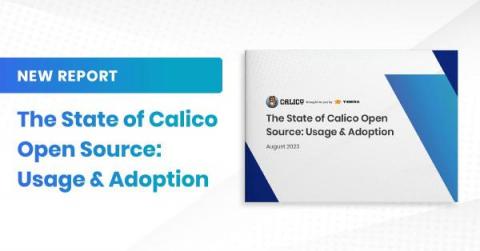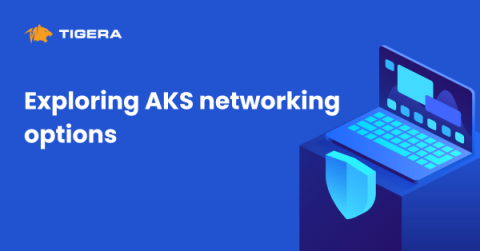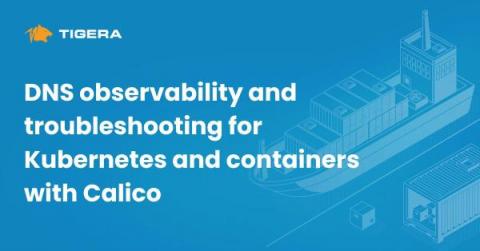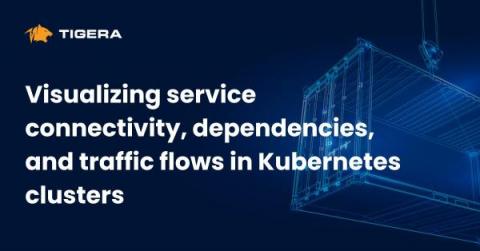New report: The state of Calico Open Source 2023
We are excited to announce the publication of our 2023 State of Calico Open Source, Usage & Adoption report! The report compiles survey results from more than 1,200 Calico Open Source users from around the world, who are actively using Calico in their container and Kubernetes environments. It sheds light on how they are using Calico across various environments, while also highlighting different aspects of Calico’s adoption in terms of platforms, data planes, and policies.











